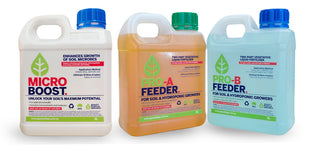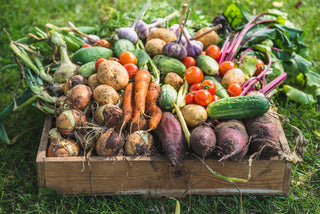Have you noticed fewer people wanting to grow food these days? Maybe you’ve seen headlines about farmers struggling or retiring early. It’s not just about the weather anymore. The truth is: growing vegetables in Australia has become a high-risk, low-reward game—and many farmers are walking away with little more than what they can get for their land.
Let’s unpack why that’s happening, and why it matters to all of us.
🥬 The Price Gap No One Talks About
Farmers grow the food we eat—but they often get paid the least for it.
Here’s a quick look at what farmers are paid at the farm gate, versus what you might pay for the same vegetables at the supermarket:
| Vegetable | Farmer’s Price | Retail Price | What the Farmer Keeps (Est.) |
|---|---|---|---|
| Tomatoes | $1.50/kg | $4.50–$7.00/kg | Less than $0.60 after costs |
| Lettuce (Iceberg) | $1.00–$1.50/head | $3.00–$5.00/head | Often $0.30 or less |
| Broccoli | $1.80–$2.50/kg | $5.00–$7.00/kg | Around $1.00 max |
| Zucchini | $1.20–$1.80/kg | $4.00–$6.00/kg | $0.70 or less |
| Carrots | $0.80–$1.20/kg | $2.00–$3.50/kg | Sometimes under $0.30 |
| Pumpkin (Kent) | $0.80–$1.00/kg | $2.50–$3.50/kg | Often just cents per kg |
🧮 After covering wages, transport, packaging, and compliance, most growers are left with little to no profit—and often a lot of stress.
💰 Rising Costs, Shrinking Margins
Modern vegetable farms are small businesses. The costs include:
-
Wages (up to 40% of income)
-
Cartage (often $0.25–$0.40/kg)
-
Packaging and compliance (another 20–30%)
-
Inputs like seed, fertiliser, fuel, and equipment maintenance
Add in unreliable payment from wholesale buyers, unpredictable weather, and rising debt—and it’s no wonder more farmers are getting out.
🏡 Land as a Nest Egg… Until It’s Not
For many growers, the only retirement plan they have is their land. But that’s starting to fail too. Why?
-
Many farms are in green wedge zones or rural conservation areas
-
This means their land is locked in for agriculture only—it can’t be sold to developers, even if it’s close to town
-
These restrictions, while good for the environment, devalue the land by up to 50% or more
So when a grower retires, their land might not be worth enough to fund their future—and often can’t be passed on to kids who don’t want to farm under these conditions.
🧨 What Happens if More Farmers Quit?
If more small to medium growers exit the industry, several things will happen:
-
Supermarket dependence will grow – Large chains already control much of our food. With fewer suppliers, they'll dominate even more.
-
Food will travel further – We’ll rely more on interstate or imported produce, increasing carbon footprint and losing freshness.
-
Price shocks will increase – Less diversity in supply means more vulnerability to shortages and price surges.
-
Skills and knowledge will disappear – Older farmers take decades of experience with them when they leave—and it’s not being replaced.
-
Local food culture weakens – Fewer farmers' markets, local boxes, and food education programs.
🧠 Do Bigger Farms Benefit From This?
Yes—and no.
✅ Short-term advantages for large farms:
-
Less competition in wholesale markets
-
Easier to secure contracts with big retailers
-
Economies of scale for things like freight and packaging
❌ Long-term risks:
-
Rising input costs still hit them hard
-
Labour shortages are worse at scale
-
Environmental pressures increase with monoculture models
-
Retailers often dictate price regardless of farm size
In short, larger growers might absorb the smaller players, but the system remains broken. If the value chain doesn't change, even the biggest players will struggle to stay ahead.
🌾 Where to From Here?
If we want a future with fresh, affordable, locally grown vegetables, we need to:
-
Support local growers directly (farmers’ markets, local shops, online farm boxes)
-
Push for planning reform that honours farmers’ ability to sell land fairly
-
Encourage fairer wholesale pricing models
-
Invest in ag education and younger growers
📚 Sources & Insights
-
AUSVEG: www.ausveg.com.au
-
Choice Consumer Reports
-
Freight & Input Costs – Horticulture Innovation Australia
-
Discussions with Victorian growers & nursery operators (Yield Australia, QPS)
🌱 At QPS and Yield Australia, we believe in keeping growers on the land and food on the table. Whether you're a backyard gardener or a commercial grower, you’re part of the solution. Visit us at www.qpseedlings.com.au and grow with us.





